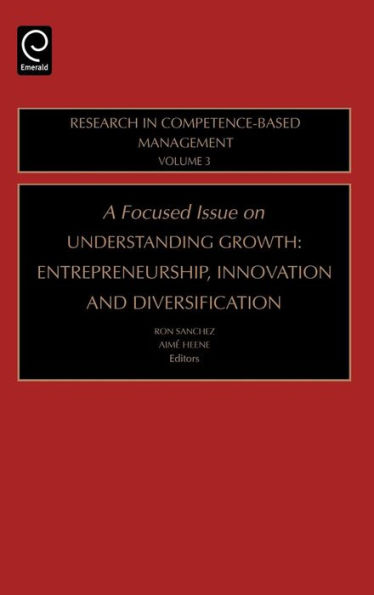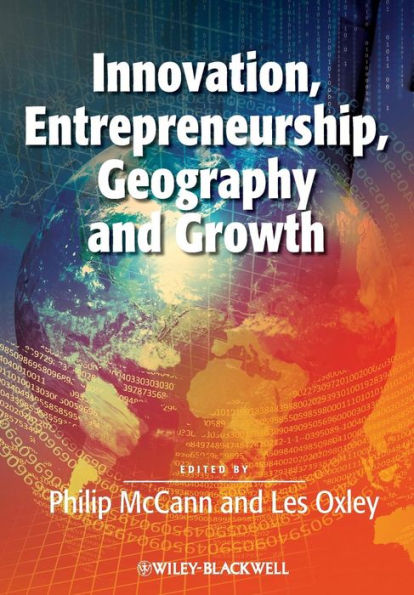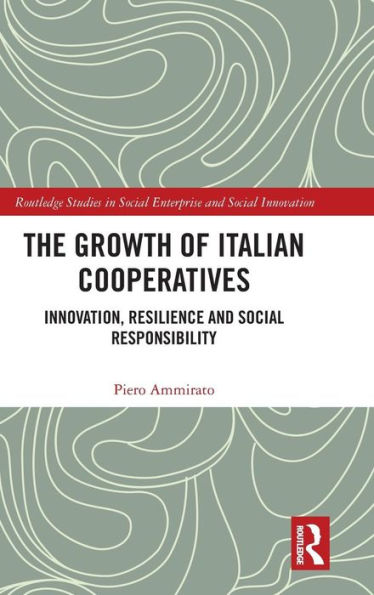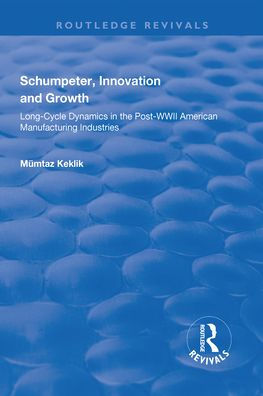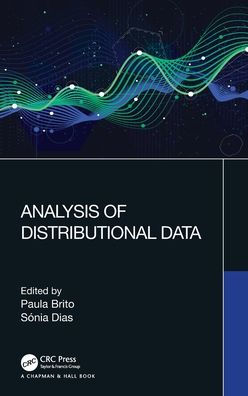Home
Growth, Distribution and Innovations: Understanding their Interrelations / Edition 1
Loading Inventory...
Barnes and Noble
Growth, Distribution and Innovations: Understanding their Interrelations / Edition 1
Current price: $58.99


Barnes and Noble
Growth, Distribution and Innovations: Understanding their Interrelations / Edition 1
Current price: $58.99
Loading Inventory...
Size: OS
*Product Information may vary - to confirm product availability, pricing, and additional information please contact Barnes and Noble
Idea for those studying advanced macroeconomic and written by a widely published author, this book outlines a new and more fruitful way of understanding, analyzing and formally modelling economic growth.
In his series of lectures, collected here in one concise and engaging book, Amit Bhaduri draws on contemporary issues such as the role of competition policy, labour market flexibility and intellectual property rights regime in influencing the rate of economic growth to sketch an alternative approach to mainstream growth theory.
He explores:
the role of division of labour
innovation and market structure according to Smith, Marx and Schumpter
the role of class distribution of income according to Ricardo
the principles of effective demand according to Keynes and Kalecki.
It is an invaluable tool for anyone engaged with growth and distribution theory and technical innovation, as well as taking advanced macroeconomics.
In his series of lectures, collected here in one concise and engaging book, Amit Bhaduri draws on contemporary issues such as the role of competition policy, labour market flexibility and intellectual property rights regime in influencing the rate of economic growth to sketch an alternative approach to mainstream growth theory.
He explores:
the role of division of labour
innovation and market structure according to Smith, Marx and Schumpter
the role of class distribution of income according to Ricardo
the principles of effective demand according to Keynes and Kalecki.
It is an invaluable tool for anyone engaged with growth and distribution theory and technical innovation, as well as taking advanced macroeconomics.
